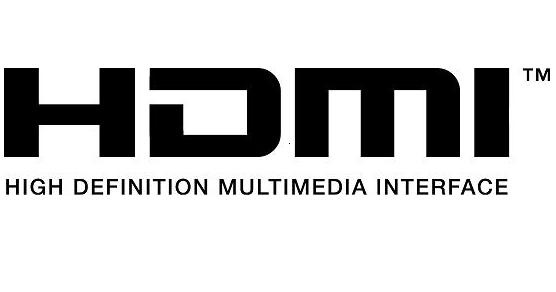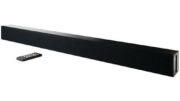Yes.
HDMI 2.0a is the latest version of the HDMI specification and it’s pretty likely that when the folks at the UHD Alliance come up their “4K certified” badge next month, it will require 2.0a for one if not all HDMI ports.
The HDMI standard is designed to carry video and audio securely. As this tutorial explains, HDMI is a way for content providers to feel comfortable delivering HD and 4K content. You can actually sent 4K to a TV using a plain old coax cable, but what HDMI brings to the table is a difficult-to-crack encryption scheme called HDCP. You don’t need HDCP for HDMI to work, except that pretty much every device that puts out HD and 4K video uses it.
Unless you have fairly new hardware, your connections are probably somewhere around HDMI version 1.2 to 1.4. Version 1.2 is a stable way to output most HD content, while 1.4 adds 3D and a few other improvements. However, while HDMI 1.4 was designed around what they thought 4K was going to be, it doesn’t really work with 4K content. For that, you need HDMI 2.0.
Even better, HDMI 2.0a, which adds support for high-dynamic-range content. HDR was supposed to be the buzz-worthy thing this year, although so far it’s been a flop. HDR makes whites whiter and blacks blacker to create a much more realistic and vivid image. It’s part of what really drew you to HD in the first place. It didn’t convince people this year to buy a 4K TV but it’s a big part of what manufacturers will be pushing in the coming year.
If your TV doesn’t support HDMI 2.0a, you’ll be locked out of using streaming hardware that works with 4K. The list of 4K-capable devices is pretty short, and the list of available content is equally short, but again you should expect 2016 to be the year that the consumer electronics industry goes all out to get you to buy a 4K TV. Yes, I know it seems like I say that every year, but every year they get more and more desperate and sad and I am sure that sooner or later the combination of low prices and (sooner or later) some content showing up is going to bring us into the world of 4K eventually.
When it does, you’ll need HDMI 2.0a or you’ll be stuck with what you can stream using your TV’s built-in features. That means no DIRECTV box, no streaming box, no game box is going to give you 4K. Period.
HDMI 2.0a was only rolled out in May of this year and manufacturers are struggling to catch up. Some 4K TVs don’t support it at all, others only support it for one port. A/V receivers that feature HDMI 2.0a on all ports are still very expensive too.
HDCP 2.2
You can’t really talk about HDMI without HDCP since pretty much everyone encrypts their content now. The most current standard is version 2.2. Like all HDCP, it doesn’t bring new features to the customer experience, it’s just a little harder to hack. This has been an ongoing fight for the last decade… a new version of content protection comes out and you’ll get 6 months to a year before someone cracks it. Most important, HDCP 2.2 is going to be used in the new 4K Blu-ray discs, which are going to be the absolute best quality products for those real videophiles.
If your TV supports HDMI 2.0a, it almost certainly supports HDCP 2.2, so it’s not incredibly important to look further once you know that the TV supports HDMI 2.0a.
I’m personally expecting to see a flood of HDMI 2.0a products in the summer of 2016, and I have to caution people against buying 4K TVs until then. You’re going to see some exceptional deals but I would resist them unless you’re comfortable moving that brand new 4K TV into a guest room or spare room in under 2 years.




